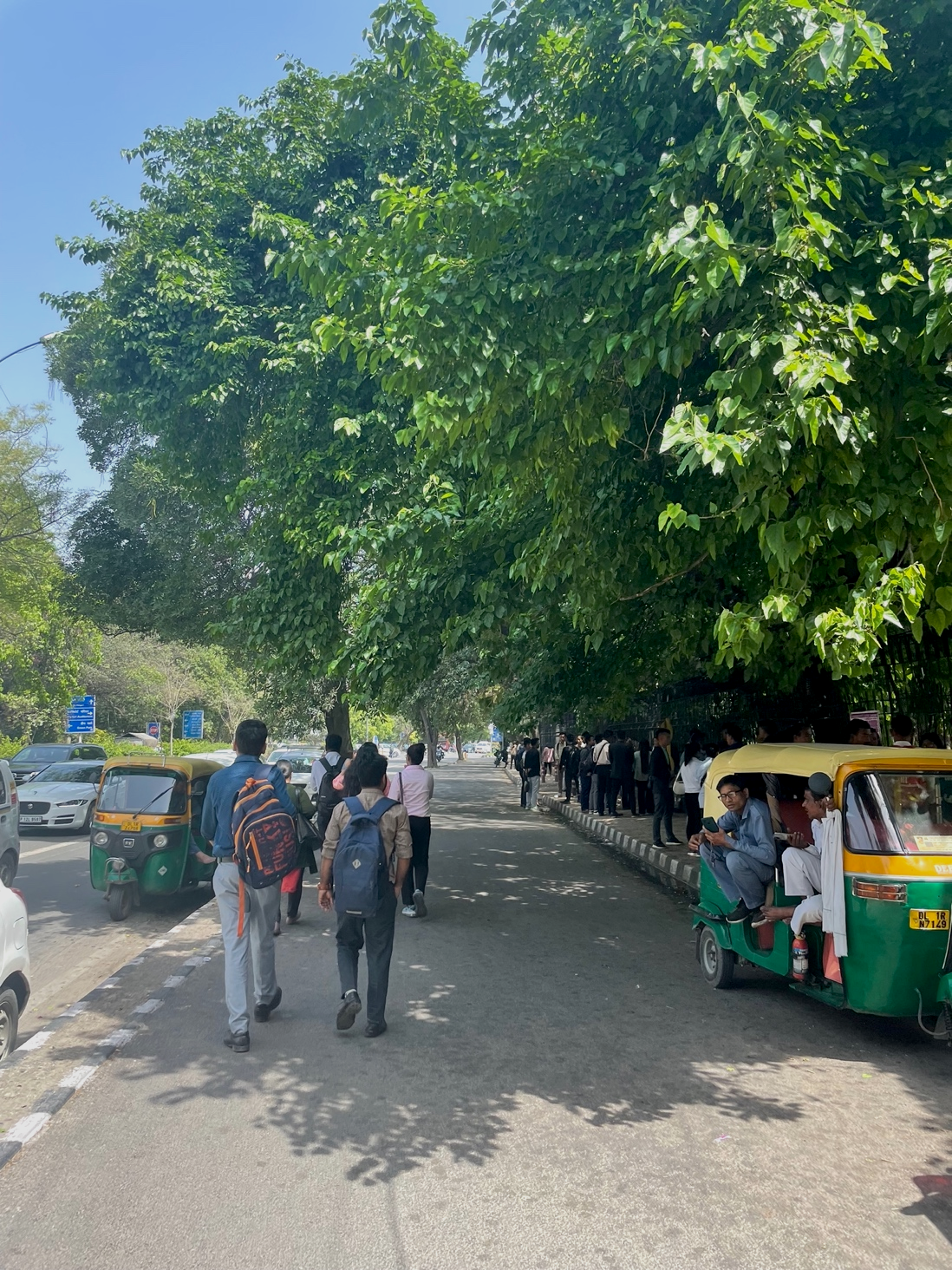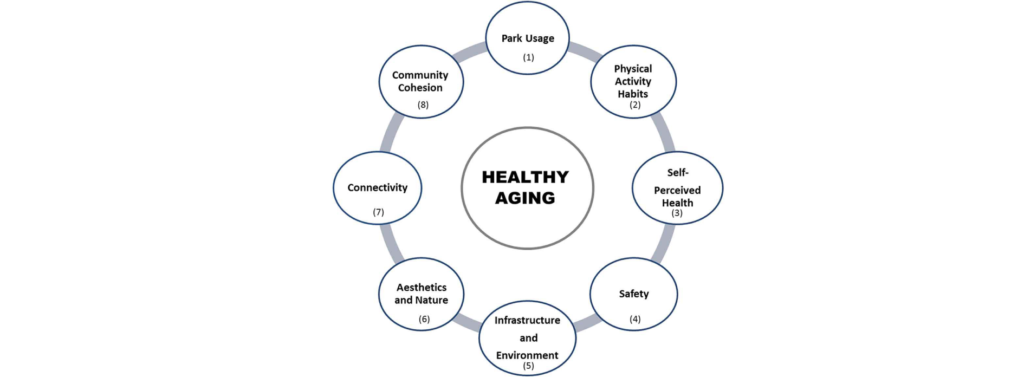City Know-hows

Examining the urban environment is critical for enhancing mental well-being, necessitating the identification of relevant indicators to inform strategic interventions aimed at improving mental health outcomes.
Share
Target audience
Urban designers and planners, architects, public health professionals, plus academics, sociologists, and policy-makers working in the same field.
The problem
Examining how individuals perceive the urban environment can assist in identifying indicators of their satisfaction and uncovering urban issues that impact their well-being. By understanding people’s views, we can pinpoint aspects they find fulfilling and uncover challenges that affect their quality of life in urban areas. This knowledge is crucial for implementing targeted interventions aimed at addressing urban issues and promoting overall well-being within the community.
What we did and why
Analysing individual perceptions of urban environments aids in identifying satisfaction indicators and uncovering urban challenges impacting well-being. Understanding people’s perspectives allows us to identify fulfilling aspects and challenges affecting their urban quality of life. This insight is vital for targeted interventions. We collected perceived environment quality data and assessed mental well-being via questionnaires. Statistical analysis helped pinpoint significant urban environment indicators associated with mental well-being, informing effective intervention strategies.
Our study’s contribution
Statistical analysis pinpointed key urban environment indicators correlated with mental well-being in Delhi, guiding effective interventions. Further empirical studies on each indicator’s relationship with mental well-being are advisable for deeper exploration. Moreover, these indicators serve to evaluate urban environments and public perceptions in diverse urban settings, extending their utility beyond Delhi and enhancing understanding of urban well-being on a broader scale.
Impacts for city policy and practice
Our findings hold significance in evaluating urban environments and public perceptions across diverse locations, transcending their relevance beyond Delhi and enhancing understanding of urban well-being universally. These insights are essential for guiding city policies and practices, facilitating evidence-based decision-making, and implementing focused interventions to tackle challenges and foster favorable outcomes effectively.
Further information
Full research article:
Exploring the link between perceived urban environments and mental well-being: a case study of Delhi, India by Asesh Sarkar and Tina Pujara
Related posts

Our Jerusalem Railway Park study addressed the needs of those aged 55 in disparate communities, with long-term implications for physical and mental health, and community

Who supports proposals to manage if, when and where new takeaways can open near schools? According to our recent study,over 50% of adults living in Great Britain!

With so many different forms of guidance available for incorporating health into planning, our study evaluated what makes a healthy planning framework successful.